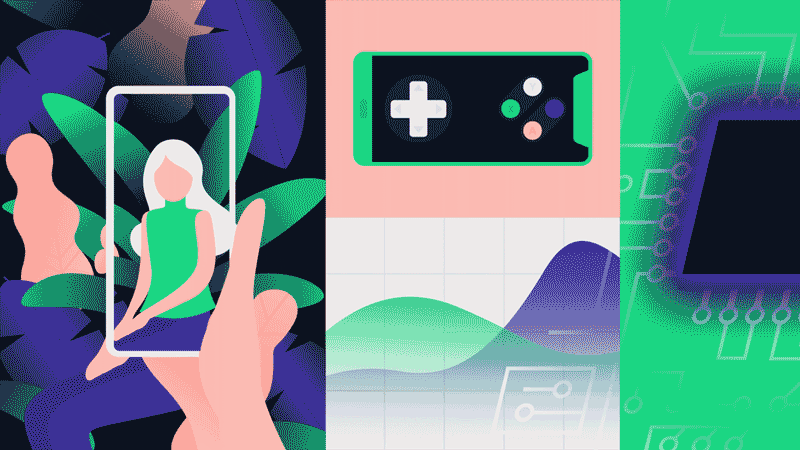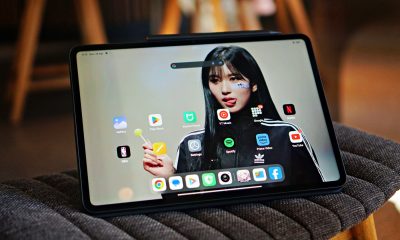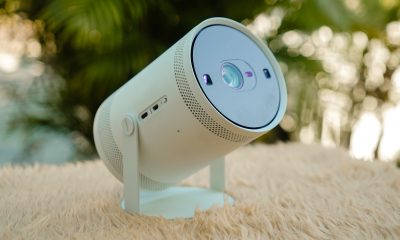
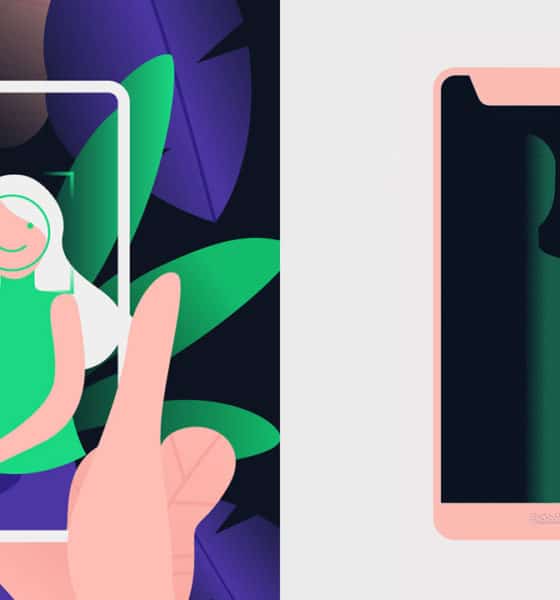
Explainers
The importance of artificial intelligence in smartphones
Is this still the future of technology?
Have you ever wondered what smartphone brands actually mean when they tell you that their cameras use artificial intelligence (AI)?
With AI now becoming a significant part of our daily lives, we start to look into how this technology found its way into the market, and see whether or not AI truly is the future.
What is Artificial Intelligence?
Artificial intelligence, or AI for short, is a not-so-fairly new concept in the world of technology. What it basically means is that machines are given human-like intelligence through a system of information and programs or applications that are built into machines.
Machines with AI built inside can perform a variety of tasks mostly observed through human intuition like problem solving, gathering knowledge, and logical reasoning — among others. It’s basically making machines smarter and, in a way, more human-like.
AI has been a part of many devices over the past few years, from smart homes to applications on your smartphone. Companies like Amazon and Google have come up with smart home devices that assist people with their day-to-day tasks such as Alexa and Google Assistant.
Businesses with online presence through company websites have also integrated chat boxes and online assistance bots that automatically answer any customer concerns depending on the information given.
How AI found its way to smartphones
Artificial intelligence was often associated with creating robots to perform human-like functions at a much faster, more efficient rate — which is heavily portrayed on mainstream media. Through AI, these machines learn more about the environment they’re in, and carefully adjust to meet the needs of the users. Such a process is called machine learning.
Nowadays, machine learning isn’t just limited to AI robots that learn what people are doing, but has now branched out to what people are thinking, inquiring about, and saying to other people. AI has slowly made its way into other devices that are much more accessible to us, primarily through the internet.
Machine learning is now incorporated into smart home devices, online video streaming websites like YouTube and Netflix, social media websites such as Facebook and Twitter; basically, the technology behind AI constantly learns more about people, their interests, and day-to-day activities.
The newest member of AI-integrated devices are smartphones themselves. Companies like Apple and Google have looked into integrating AI into the processors of their flagship phones — the iPhone and Pixel series, respectively. Early 2018 saw most Android smartphone brands integrate AI within their phones as a way of enhancing the user experience even further; Huawei and ASUS released their new flagship phone lines with their cameras utilizing AI for smarter responses to the environment around the user.
It’s quite possible that smartphones could very well lead the transition of all devices towards machine learning and AI in the near future.
Smartphones with AI
As mentioned, two companies have integrated AI into their smartphones to provide enhanced user experiences in a totally different way. One of these companies is ASUS, with their recently released ZenFone 5 series of smartphones with cameras powered by AI. Its shooters focus primarily on taking better photos and adjusting to the environment around you. The ZenFone 5’s AI Photo Learning allows the phone to learn how you like your photos and adjust the settings accordingly so you don’t have to.
Apart from its cameras, the ZenFone 5 series uses AI to boost overall performance. The base model is powered by a Qualcomm Snapdragon 636 processor, which enables the full utilization of AI features on the phone. The AI Boost technology allows the handset to have an instant hit in performance when running heavy-duty applications and games. Of course, AI in the ZenFone 5 also predicts which apps you will use next and learns which apps you use regularly.
Another company that integrates AI in its smartphones is Huawei, with the Mate 10 and P20 series. They’re powered by the Kirin 970 processor — which boosts overall performance and efficiency using integrated AI. This means that the phones will adjust to how much you use them and maximize performance every step of the way. They also come with Huawei’s EMUI 8.0 with its own set of AI features such as Smart Screen for multitasking and real-time translation during calls.
Much like the ZenFone 5, the Huawei Mate 10 and P20 phones also have cameras powered by AI. This powers the phones’ dual-lens camera setups for scene and object recognition, automatically adjusting the camera’s settings to suit the situation. Huawei also emphasizes producing professional-grade photos by allowing the AI to adjust the camera’s focus on the subject. That way, you are able to achieve a perfect-looking selfie or portrait — without the need to manually adjust the settings for a long period of time.
What we get from AI
Artificial intelligence opens up many opportunities for technology to be like humans in terms of processing thoughts and insights. What AI does is it allows machines to learn more about humans and tailor-fits its processes and capabilities to match us, from search engines to smarter applications. When treated properly, AI can actually deliver better and more efficient ways of dealing with the problems people face almost every single day.
The only downside is AI has the potential to even invade one’s privacy, especially through one’s smartphone. Because the technology is constantly learning more about its user through his or her devices, this opens the door for the data to be retrieved by, quite literally, anyone on the internet.
Because people nowadays access their smartphones almost every chance they get, people who truly know how AI works have the potential to abuse what they know and use it for their own personal gain, either through malicious activities like cyberstalking and cyberbullying, or online attacks like hacking or phishing.
The future of AI
2018 is looking like the year of AI with the unveiling of smartphones and revamped smart devices to upgrade the user experience. The possibilities for artificial intelligence are endless, given its wide usage across any available platform.
For now, it’s intelligent cameras on your smartphones that adjust settings for you to save the hassle of getting the perfect image. Some time in the future, AI could very well exist even on a gaming controller or mirrorless camera to adjust to your needs. However, we have to be aware about the dangers of using AI to its fullest as it can also lead to our own careless actions.
Indeed, the future is bright for artificial intelligence — as long as we use it for the right reasons.


It’s that time of the year again!
Since 2020, Samsung has equipped the Galaxy S20 Ultra with an ultra-fast 45W fast-charging speed compared to the Galaxy S10+‘s measly 15W charging standard. Four years after, 45W still remained on the Galaxy S24 Ultra.
For three consecutive years, Michael Josh has conducted a dedicated charge test to know whether its 45W “Super Fast Charging” works as promised on the latest line of Samsung’s Galaxy flagships. The Galaxy S24 Ultra isn’t an exemption to that.
Curious to know? Find out in our Galaxy S24 Ultra and Galaxy S24+ Charge Test.
Explainers
ChatGPT Explained: Should we be scared of AI?
Will the talking robot take over the world?
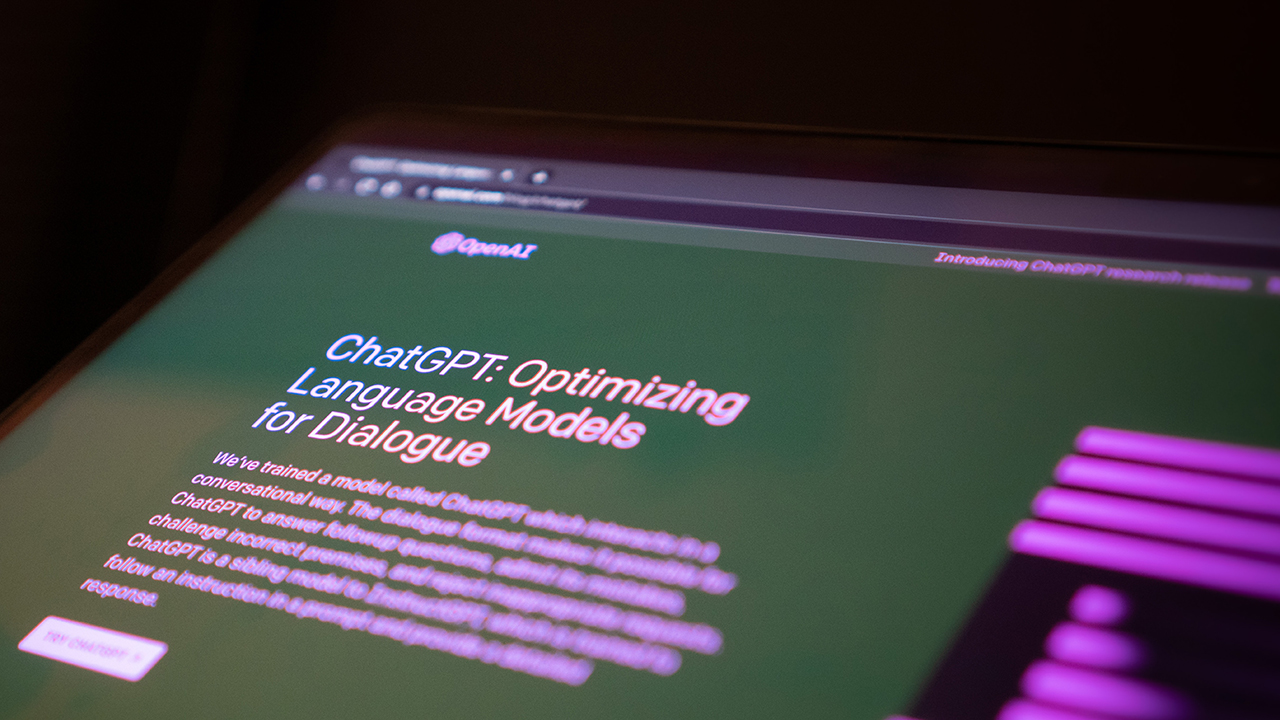
Back in the earlier days of the internet, an emerging but short-lived trend involved chatbots who could generate conversation with whomever it talked to. Does this sound familiar? Today, a similar phenomenon is creating a lot of waves online, headed by the infamous ChatGPT. The exceedingly popular ChatGPT is turning heads out of fear that the technology will eventually upend society and eradicate a lot of jobs.
But what exactly is ChatGPT? How is it different from language programs in the past? Is the world right to worry about them?
On the rise of language learning
ChatGPT is hardly the first software to inexplicably generate comprehensible dialogue without human intervention. Decades ago, the internet hosted rudimentary versions of today’s chatbot technology. The concept is somewhat similar, though. The early versions relied on a database of responses from human users. If you asked about coffee, for example, the answer you get will likely come from the logs of another user who talked about coffee in the past.
Because the system was imperfect in its infancy, part of the appeal was trying to get the software to fumble a conversation. However, if it did mess up, you can count on it asking you what it should have said. The next time someone asks the same question, the software might mirror what you said, creating a learning process between the software and the user.
Today, chatbots — meaning those usually used by businesses today — operate in the same way. If a customer comes with a query, the software will rely on a set of responses to most appropriately address the user’s problem. If the software can’t come up with a solution, the ball usually gets passed on to a human consultant.
Is ChatGPT just another chatbot?
Though the label certainly gets thrown around, ChatGPT isn’t strictly a chatbot. Instead, the software uses GPT-3.5, a specific language model created by OpenAI. Whereas early and more rudimentary versions of the same technology can already store an unbelievable amount of information in its memory, ChatGPT can analyze billions of words and the relationship between them.
Further, OpenAI extensively trains the software, ensuring that comprehension and grammar can live up to today’s standards. The learning is supervised. In fact, the company even has a makeshift reward system to ensure that the software puts out the most appropriate response. With users also contributing to the software’s learning process, ChatGPT is quickly emerging as a powerhouse for the technology.
The results speak for themselves. While users can generate simple conversations with the software, ChatGPT can just as easily answer more extensive queries with lengthier responses. If you ask it to create an essay about Christopher Columbus, for example, it can write a lengthy piece that can easily fool a casual reader. It can even handle more speculative queries. In a sample published by the developer, ChatGPT can answer what would happen if Columbus discovered America in 2015.
What’s it good for?
Based solely on what the software can do, ChatGPT can find its purpose in today’s world. The software can improve voice assistants and chatbots all over the internet. It can make big strides in the world of automation, enabling a more responsive interface between user and software.
On a more human aspect, the software can also handle more professional jobs with simpler prompts such as those involving simple marketing copy. It can help with more ephemeral research efforts, allowing users to get simple answers for otherwise complex questions.
And, on a more technical side, ChatGPT can reportedly analyze and detect what’s wrong with a piece of coding. With the software, developers can use ChatGPT to potentially repair code without having to pore over every single line. Allowing a powerful tool to inspect code speaks volumes for a lot of applications all over the world including smart vehicles and technical machinery.
However, as with every piece of technology, users will always find a way to use something beyond what it was originally designed for. ChatGPT is now changing the world of education as students are using the software to do their homework for them. Though a lot of the sample texts look like they can fool only lower levels of education, a Wharton business school professor (via Business Insider) recently stated that he would have been fooled by a ChatGPT essay, grading a sample with a passable grade of B or B-.
Should we be scared of ChatGPT?
ChatGPT is undoubtedly rocking the world of education. While some schools have banned the technology outright, others are debating on the software’s impact on how schools are taught. Since ChatGPT deals out more factual information, could education reinvent itself to teach more personal, tailored learning, rather than just the ability to spit out memorized facts. (“Factual” might even be an exaggeration. CNET, which recently experimented with AI-written articles, discovered a plethora of errors from using the software.)
Now, education isn’t the only world in peril. The creative industry is facing an extreme challenge wherein ChatGPT can potentially cause workers their jobs. Though the danger certainly seems real, the limitations of technology are also real. ChatGPT can create comprehensible text that can fool a human, but it will likely stumble with conceptualization.
A piece of software is just software. Even if it can write an essay about existentialism, it cannot think of the concept metaphysically. In the same way, even if it can show you a photo of a parrot, it cannot think of that photo as anything but a pattern of pixels. To a language learning software, words don’t mean anything else besides their relationship with each other. It’s the same thought process as a dog learning to run to its human when its name is called. The dog doesn’t know that you just said its name (or even the mere concept of a name); it just knows to do a certain action after hearing a specific sound.
Can ChatGPT change the world? Overall, the jury is still out, but it’s unlikely that a piece of learning software can do much to replace human-centric work. Regardless, it’s important to think of how ChatGPT can improve (or detriment) humanity.
Like with other supposedly dangerous technology, the world of technology is a Pandora’s box. We can never put the genie back into the bottle. Once it’s out, it’s out. Instead of worrying about how technology can destroy the world, the more appropriate response is to figure out how it can better humanity without sacrificing anyone’s wellbeing in the process.
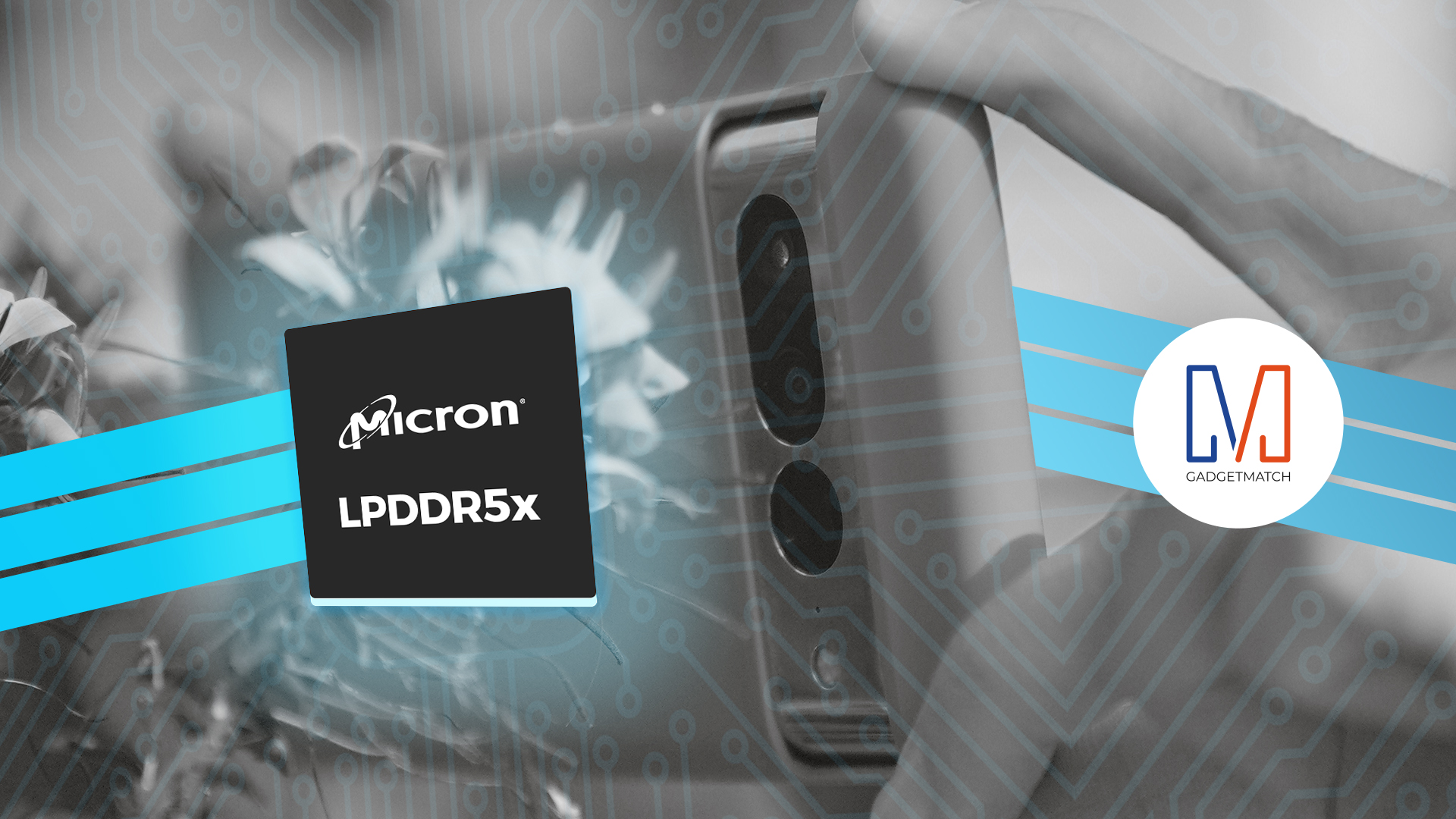
When you’re looking to buy a new device, which specs should you pay attention to? Which upgrades should you consider?
In this video instead of reviewing the latest new smartphone, we’re going to talk about its unsung hero: RAM.
We partnered with @MicronTech to help you understand all the magical things that you get to do on your smartphone thanks to internal memory and storage.
To find out more about Micron’s mobile memory and storage solutions and how they’re bringing mobile innovation to life, visit https://www.micron.com/solutions/mobile or watch our explainer video.
-

 Features2 weeks ago
Features2 weeks agoWhy choose the MSI Claw?
-

 Reviews7 days ago
Reviews7 days agorealme 12 5G review: It was enchanting to meet you
-

 Buyer's Guide2 weeks ago
Buyer's Guide2 weeks ago2024 Samsung TV: Buyer’s Guide
-

 Reviews2 weeks ago
Reviews2 weeks agoJBL Soundgear Sense review: Make every run magical
-

 Smartphones2 weeks ago
Smartphones2 weeks agoHuawei Pura 70 series is live in China
-

 Reviews3 days ago
Reviews3 days agoOnePlus 12R review: Making sense of OnePlus’ latest flagship
-

 Reviews2 weeks ago
Reviews2 weeks agoChallengers review: A thrilling drama wrapped as a tennis anime
-
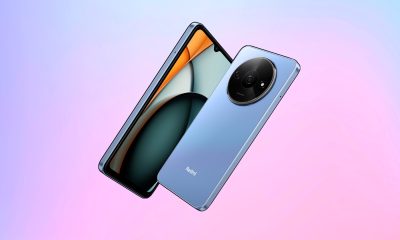
 News1 week ago
News1 week agoXiaomi Redmi A3 Philippine pricing, availability




